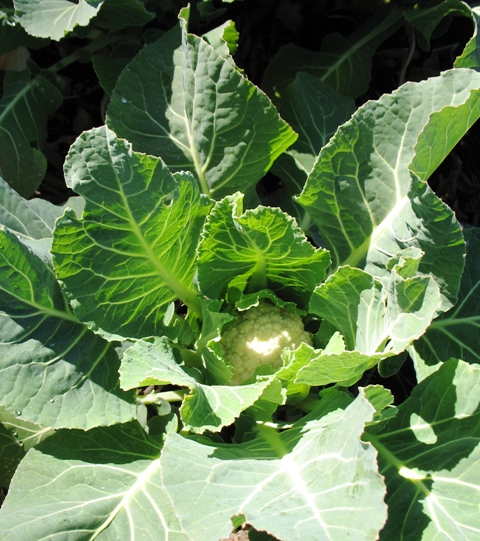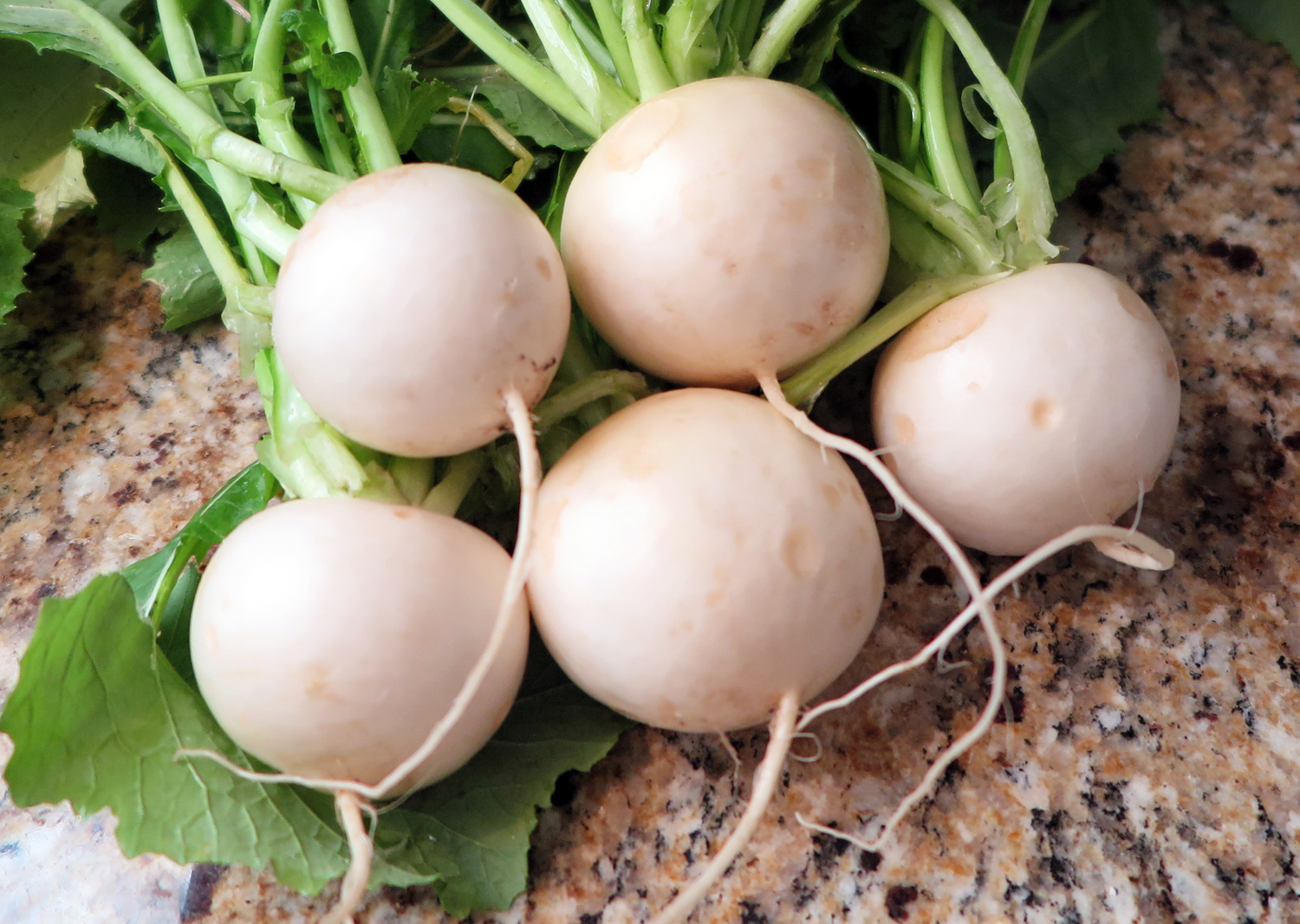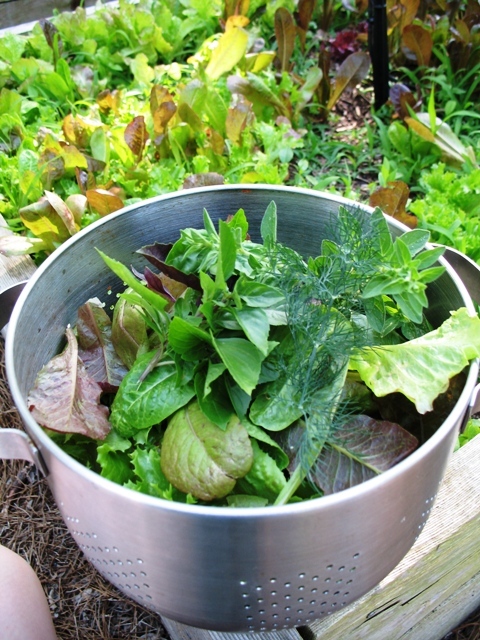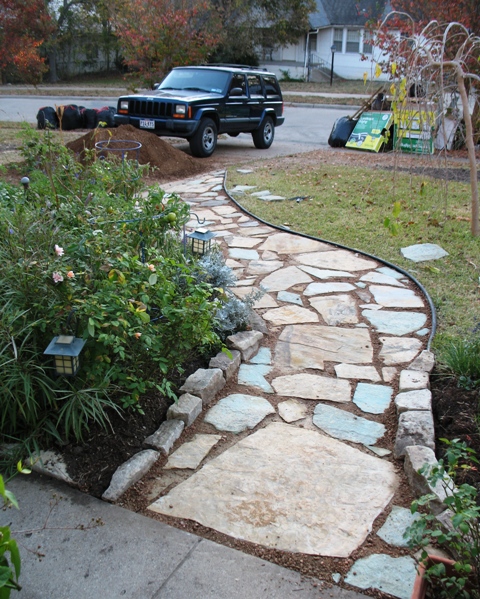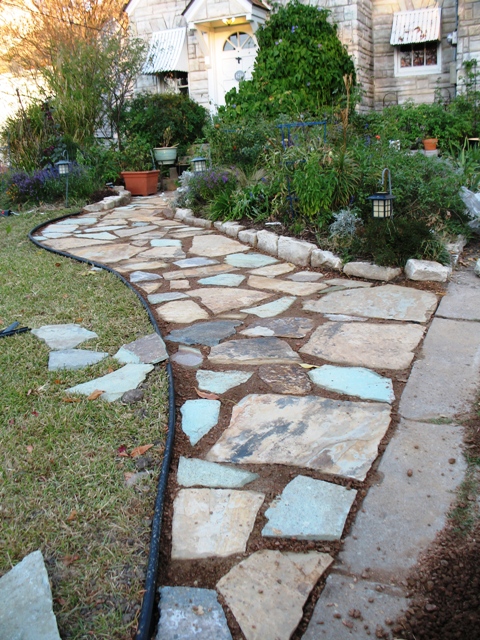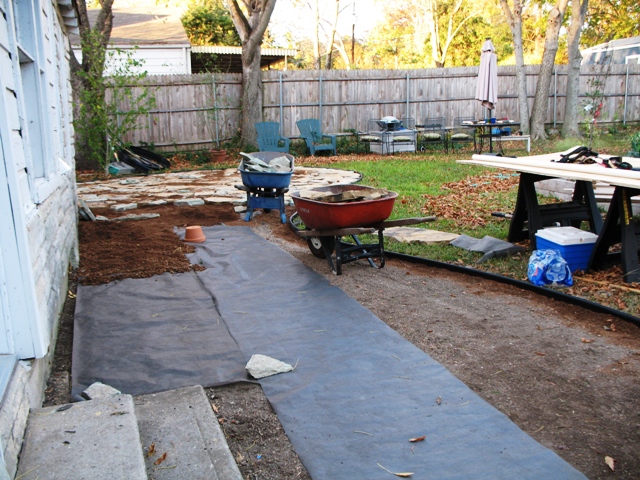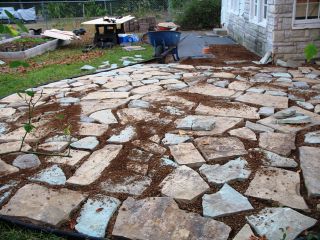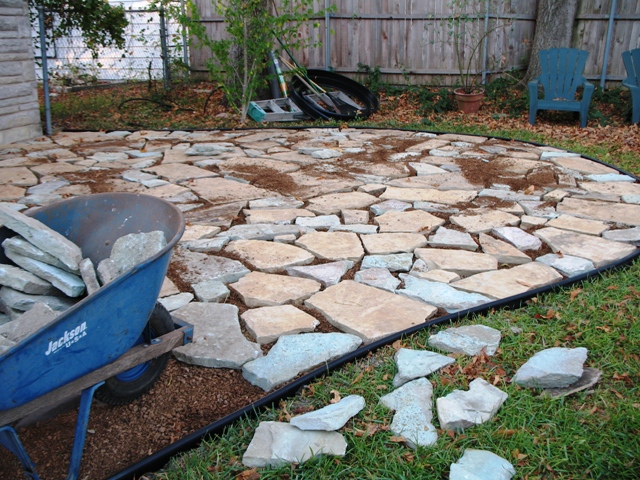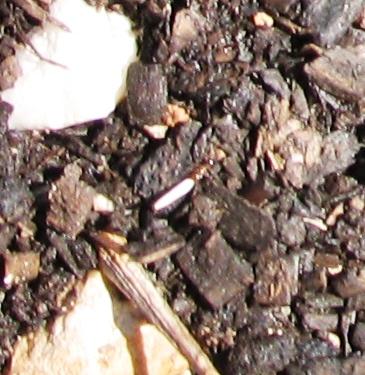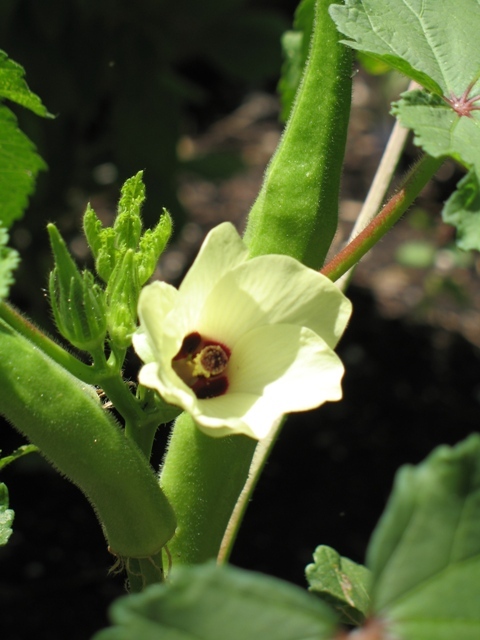“Winter” Veggie Garden update…
January 19, 2009
I say "Winter" in quotations because I know that what we experience as winter here in Dallas is not really winter when you talk to someone from Minnesota...but hey...it's what we've got!
Just a few photo updates from the veggie garden this weekend. I direct seeded some spinach and peas into the garden, which you can get away with doing this time of year here. I've you've never grown peas or beans in your garden before, you might want to use a garden inoculent first time around. Then make sure not to overfertilize with too much Nitrogen. Legumes will fix most of their own from the soil, so too much supplemental Nitrogen can result in lots of growth, but not a lot of fruit.
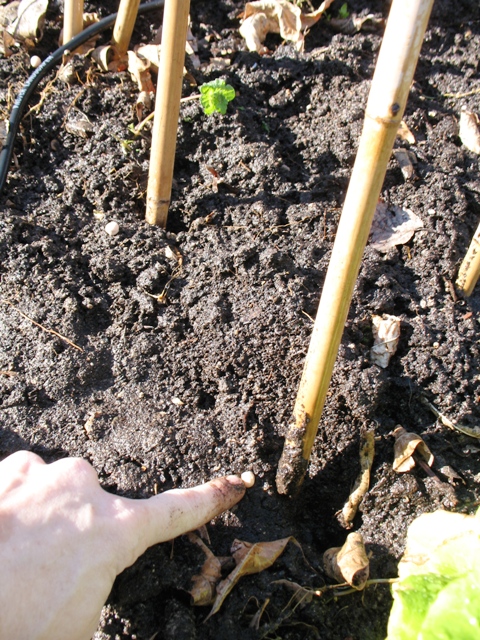
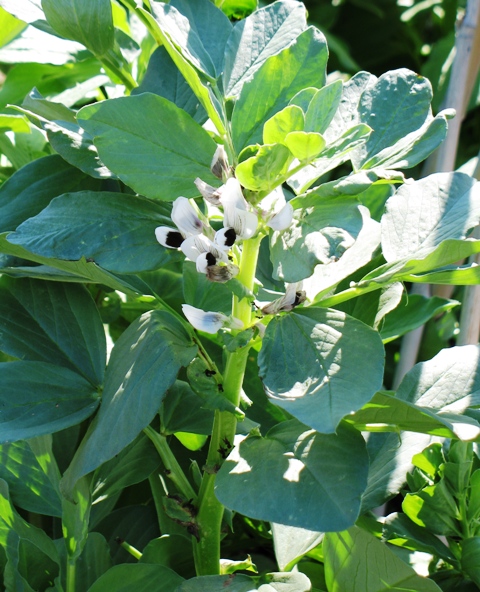
I seeded some fava beans, a bit to late, last fall but I've been amazed how well they've made it through the winter. We have had a pretty good run of hard freezes lately, with 23 F a few nights ago. I've not covered the plants but they've toughed it out just fine. Even started blooming again a couple of days after flopping over completely in the hard freeze. I'm so proud of them...
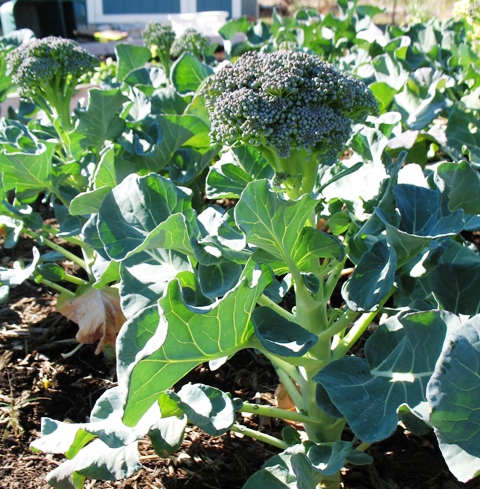

Baby broccoli, Brussels sprouts, cabbage and cauliflower are coming along. Actually, we harvest broccoli most of the way through winter, but the rest take a bit longer to mature. Can't wait for the Brussels sprouts. I'll be setting out another round of Cole crop transplants in a week or two. Oh, and I'm terrible about pulling radishes when they're ready...I always seem to leave them too long in the garden. Resulting in giant overgrown monsters! They are still quite edible, but will develop scabbing on top of the root where they're exposed to light. I have some of the biggest radishes I've ever seen...
